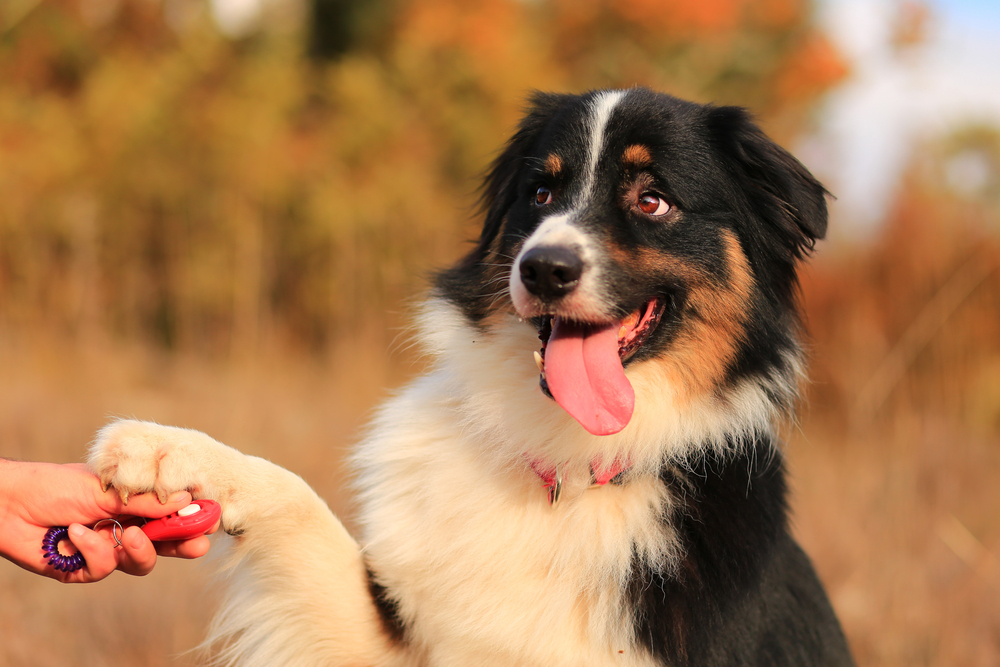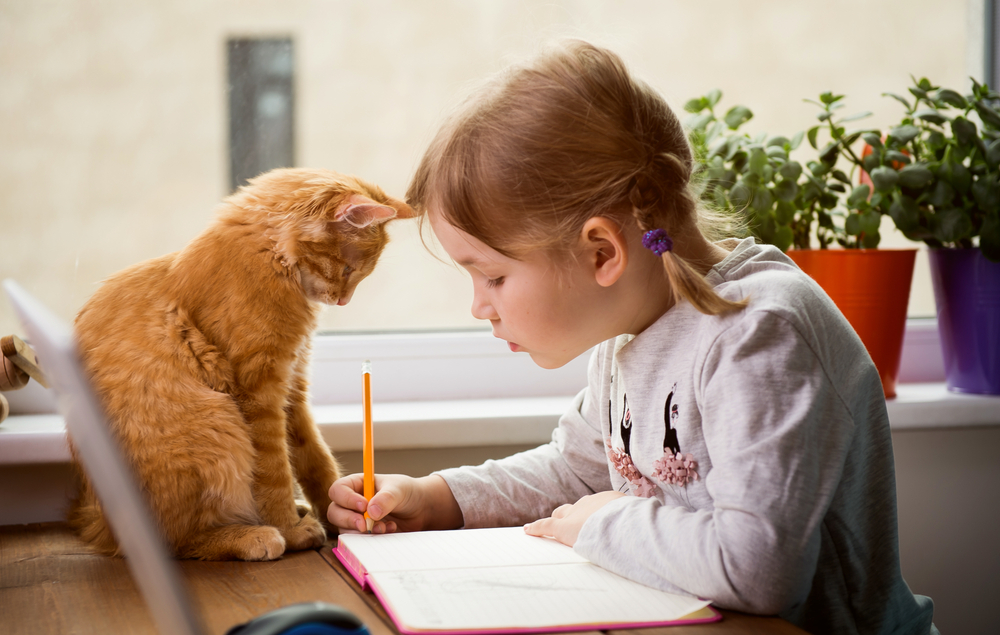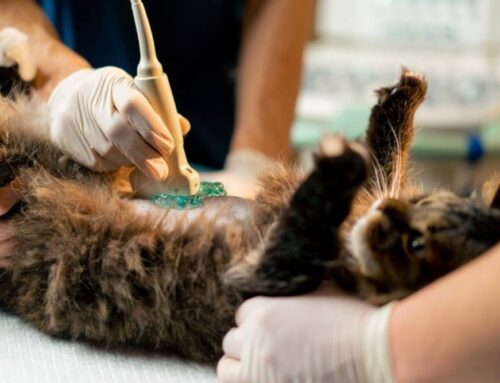Few things are as special as a child’s bond with their pet. Living with and interacting with pets at an early age offers children a myriad of benefits, such as understanding responsibility, learning about illnesses, encouraging physical activity, and offering improved immune health. But, since more than 50% of dog bite injuries occur in children, keeping little ones safe around furry friends is critical. Whether you have a house full of four-legged companions or none at all, teaching children about safe pet interaction should be on every parent’s to-do list. Here are four ways you can work to ramp up safety measures between kids and pets:
#1: Teach children how to approach animals
Many animals attack out of fear or when they are startled, resulting in unintentional injuries, yet most of these unfortunate scenarios can be avoided. All animals—including your own—should be approached in a slow, gentle manner. Never allow children to run up to pets they don’t know. Instead, teach them to ask the pet’s owner for permission to pet their animal. Once they receive approval, ensure children:
- Walk slowly up to the pet, avoiding direct eye contact, and approaching from the side
- Do not hover over an animal, but rather, kneel down to the pet’s level and offer an open hand for them to sniff
- Gently caress the pet’s side, after the introduction
- Avoid touching an unknown pet’s head, ears, tail, or feet, because many pets do not like these areas being handled
In a few scenarios—again, including your own furry friends—pets should be completely left alone. And, since young children tend to act spontaneously and suddenly, keep them away from pets who are engaged in the following activities:
- Eating food or chewing on a treat/toy
- Resting or sleeping
- Nursing or tending to their young
#2: Help kids understand pet body language
Since animals communicate differently than people, helping kids learn what a pet may be feeling is an important skill. While some behaviors are obvious—a growling dog, for instance—others are more subtle. Here are a some examples of how dogs and cats may behave in certain situations:
- Fearful dogs may cower, back away from you, or hide. They often yawn, drool, and pace back and forth, with a wide-eyed, alert appearance. They may give you side-eye or slightly pin their ears back. Children should not approach fearful or anxious dogs, as their behavior can quickly turn aggressive and potentially dangerous. Teach kids to leave these pets alone and slowly walk away.
- Fearful cats exhibit similar signs as anxious dogs. They are experts at hiding, so if your cat disappears during a fearful scenario, you should probably leave them be. Cats tend to curl themselves into tiny balls in an effort to appear small when they are afraid. They may also hiss when approached, indicating that their behavior may escalate to aggression. Leave these cats alone and walk away.
- Content or relaxed pets will have a calm, friendly demeanor. They may gently approach you or curl up next to you if looking for affection. Their ears are usually relaxed, and the eyes softened. The tail may sit neutrally, completely relaxed, or wagging slightly. Happy pets are approachable pets.
- Playful pets are ready for some fun action. Dogs may invite you to play by jumping or spinning around, with their tail held high and wagging. They may lay their front legs on the ground and raise their rear end—a typical playful stance. Cats may get the “zoomies” and run around or attempt to grab objects with their paws. Playful pets are generally safe to approach, but be wary that an extremely excitable pet may cause unintentional injury to a small child.
#3: Don’t forget the health implications
All behaviors aside, pet safety isn’t only about knowing how to interact around animals. In some instances, pets can pose certain health risks to people—and children are typically the most vulnerable. Since animal feces, urine, vomit, or blood can harbor infectious diseases or parasites, leave the clean-up to the parents. Always pick up pet feces promptly, and instruct kids not to touch. Additionally, keep your pets up to date on their vaccines and parasite prevention to help protect your children.
#4: Don’t forget to train your pets, too

While much focus is made on training children how to interact with animals, properly preparing your pets for interplay with children is equally important. Prep your pets by introducing them to a variety of children (e.g., different ages and demeanors) at an early age. The prime socialization period is between 7 and 14 weeks of age, so make this a priority if you have a young kitten or puppy at home.
At Village Animal Hospital, our veterinary team is dedicated to the health and safety of your family—both furry and non-furry. If you have questions about kid and pet safety, communicable diseases between people and pets, or other related questions, contact us for guidance.








Leave A Comment